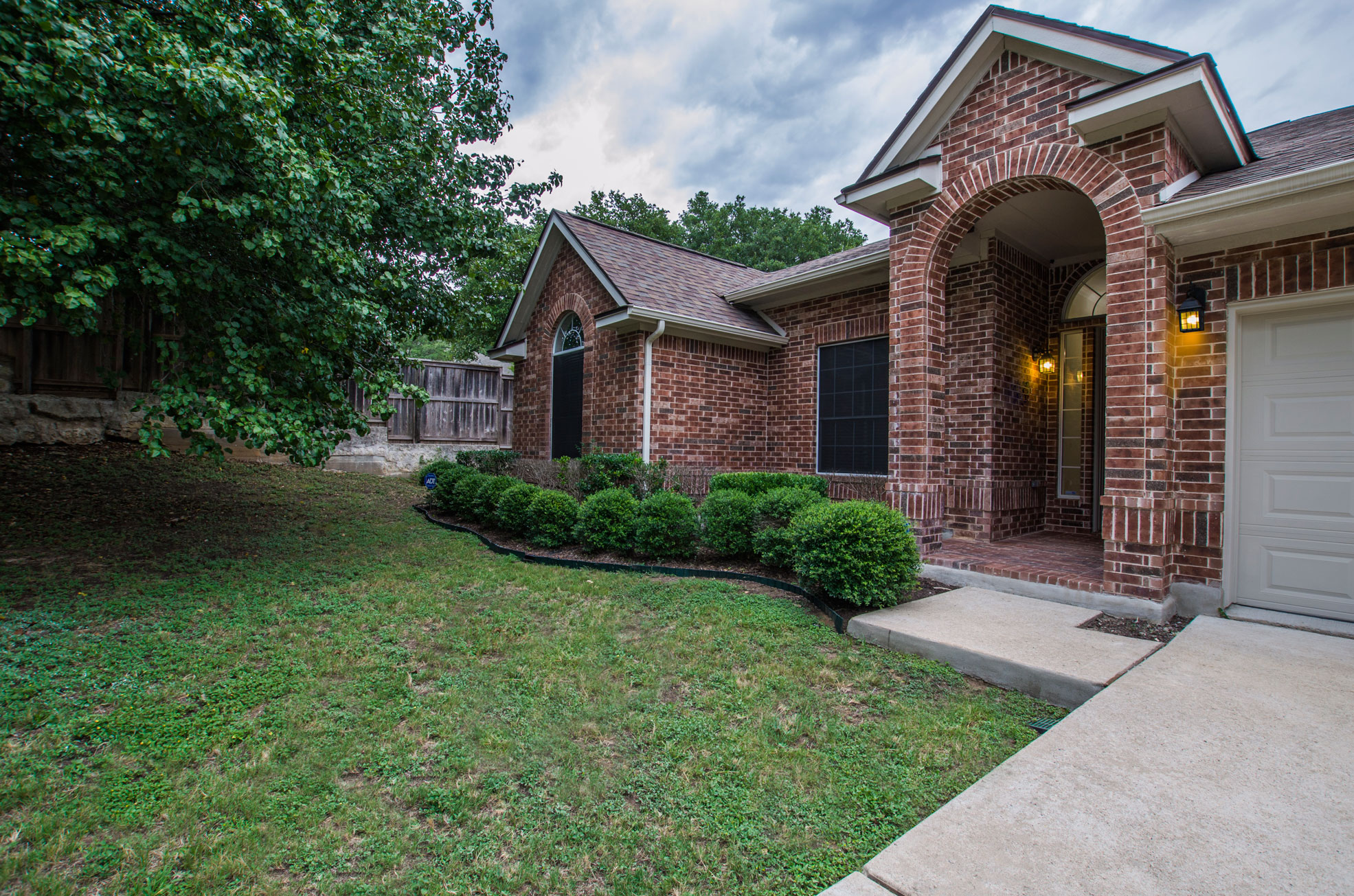
Municipal Utility District (MUD) Basics
A Municipal Utility District (MUD) is one of several types of special districts that function as independent, limited governments. The purpose of a MUD is to provide a developer an alternate way to finance infrastructure, such as water, sewer, drainage, and road facilities. Managed by a Board elected by property owners within the MUD, a MUD may issue bonds to reimburse a developer for authorized improvements and the MUD will utilize property tax revenues and user fees received from water and sewer services operated by the MUD to repay the debt. As the MUD pays off its debt, more of its tax revenue can be directed to other services. Originally, MUDs were very limited in what they were allowed to finance and what services they could provide. Over time, MUDs began taking on more responsibilities and providing enhanced services for their residents such as parks and recreation, deed restriction enforcement, and solid waste service. MUDs rely on the County to provide police and road maintenance services and Emergency Service Districts (ESDs) for providing fire protection. Currently within the City of Austin Planning Area there are 27 MUDs.
MUD Creation
A MUD can be created by either (1) adoption of a district creation bill by the Texas Legislature or (2) by the Texas Commission on Environmental Quality (TCEQ) following a petition and consent process described in the Texas Water Code. For property located in the City’s jurisdiction, to be included in a MUD, City consent is required prior to creation as part of the TCEQ process. There are limitations on what the City may require as condition for consent, particularly for MUDs that do not propose to connect to the City’s water or sewer systems. If the City fails or refuses to grant consent within 90 days after receipt of a petition, the state statute provides for a 120 day period for negotiation of a contract for City water and sewer service to the proposed development. If a contract for service is not executed, the applicant is authorized to initiate proceedings with TCEQ to create a MUD.
Creation of a MUD presumes a long term delay of the City annexation of new development.
MUDs are typically located outside the city limits and in the Extra Territorial Jurisdiction (ETJ). Texas law requires that MUDs be annexed in their entirety. If the City annexes a MUD before its bonds are paid in full, the City must assume the balance of the MUD debt and reimburse the developer for any unbonded facilities. In past MUD annexations, a portion of this debt has been repaid by property owners who were formerly in the MUD through post annexation surcharges as provided for by state law. This is a charge on a homeowner’s utility bill and is calculated based on the amount of debt that the City absorbs at the time of annexation. If full purpose annexation is deferred until the MUD bonds are paid in full, this development would be excluded from the City’s tax base for that period of time, reasonably decades.

City of Austin’s MUD Policy
In 2011 the City Council adopted Resolution No. 20110217-030 establishing a new policy and criteria for considering requests to create MUDs, superseding the previous 1984 MUD policy that discouraged the creation of new MUDs. The impetus for the 2011 policy shift was driven by an influx of applications to the City requesting consent to MUD creation and a change in state laws favoring MUDs, resulting in greater authority for MUDs and increased opportunity for their creation. The most significant difference between the City’s 1984 and 2011 MUD policies is related to the provision of City utility service. Previously, if the City could provide utility services, the Council would deny consent to the creation of a new MUD. Under current policy, the use of City utility services is a basic requirement for creation of a MUD. The 2011 policy states that the City’s objective in creating a MUD should be to promote superior development. Further, the current MUD policy requires that the MUD proposal must demonstrate that the City would benefit more from creation of a MUD than from use of the standard City development process or other types of districts. The various benefits listed in the MUD policy are for the most part informed by the PUD zoning ordinance.
City Review of MUD Applications
Chapter 25-9 of the City Code establishes procedures by which the City reviews MUD applications. The City review process ensures an in-depth interdepartmental review of each application and allows for the maximum amount of public input possible. City boards and commissions that review MUD applications include the Water and Wastewater Commission, Urban Transportation Commission, Environmental Board, Parks and Recreation Board, and Planning Commission.Types of MUD applications include:
- Petitions for consent to creation of MUDs
- The addition of land to existing MUDs
- Approval of out-of-district service
- Contract amendments, and
- Bond issuances
Ultimately, MUD applications are brought to Council for consideration and approval or denial.
City of Austin Breakdown

Average Price:
Average prices have risen 4% YoY. This indicates that there is a high demand for property and not enough new supply to compensate for it. In turn, this increases property values of existing homes.
Active Listings:
There are less active listings available for buyers to potentially purchase; this means that there are just as many people (or more) looking to move to Austin and buy (or rent) and there are less options from which to choose. This leads to increased pricing.
Pending Listings:
There are more pending listings (+10% YoY) with LESS overall listings on the market. This is a STRONG indicator that demand is high. regardless of the cost of living, people continue to move here. There are still many places in the US that are more expensive than Austin with less to offer (in my opinion).
Sold Listings:
The number of Sold listings is around the same. I believe this to be that there are so many off-market transactions happening in Austin now that it is hard to rely on Sold data.
Average Days on Market:
The average days on market decreased by 3 days from 32 to 29 days. This means that it is taking less time to sell more properties, for a higher prices, all while have less inventory. That is pretty crazy to think.
If you are looking for a property or looking to sell your property, I would be happy to help.
– thatbeardedrealtor (Marcus)
“
The service that Marcus provides to his clients is unparalleled. He is a true professional.

Related Articles
Real Estate Update 12/18/19
Luxury Construction The number of new-construction luxury homes at 3,000 square feet or less has...
Real Estate Market Update 12/10/2019
Are we headed to a recession? While we survived the year of RECESSION OBSESSION without a...
Real Estate Update 12/5/2019
Mortgages Mortgage application volume decreased 9.2% from the previous week, according to the...
Sponsoring Broker:
Compass RE Texas LLC
call: 512 575 3644
visit: 801 Barton Spgs Rd, 6 Floor
Austin, TX // 78704
site: compass.com
Information About
Brokerage Services
Texas law requires all license holders to provide the Information About Brokerage Services form to prospective clients.
Click here
Consumer Protection
Act Disclosure
Texas law requires all license holders to provide a link to the Consumer Proteection Notice form to prospective clients.
Click here
All right reserved Marcus Roper 2019
Marcus Roper is a licensed Realtor in the State of Texas
and an agent of Compass Real Estate, LLC









Subscribe To Our Newsletter
Join our mailing list to receive the latest news and updates from our team.
You have Successfully Subscribed!
or email info@westhorn.com